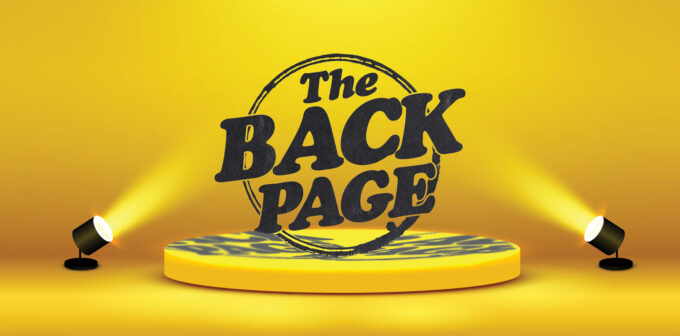Nurses exposed to light for 40 minutes before working the night shift made fewer mistakes.
It’s well known that humans are not at their best when made to go nocturnal.
The mind after midnight is a silly sausage, and the fatigue that results from switched up sleep schedules inevitably contribute to errors among nurses on the night shift.
But help may be on the way in the form of a humble light-emitting box.
This randomised controlled study demonstrated a substantial 67% decrease in errors after a intervention that controlled nurses’ exposure to light in the evenings, before shift, and in the mornings after. (Night-time light exposure, the authors write, besides being inconvenient for workers and institutions, raises the risk for diseases such as obesity, depression and cancer.)
The sample consisted of 57 nurses between 18 and 65 who had no health issues (with the exception of insomnia) or recent stressors, and who worked rapidly rotating shifts. They were monitored over three non-consecutive 10-day periods when they had matching shifts.
The control group was told to eat a complete meal before the night shift, eat healthy snacks if needed at work, and have a low-protein breakfast in the morning – a “chrononutrition” plan that has been shown to “improve alertness, performance, metabolic function, and sleep”.
The nurses in the intervention group were asked to use a portable 10,000-lux light box for 40 minutes at home before a night shift, wear sunglasses (unless driving) in the morning and sleep with an eyemask.
All completed two questionnaires each day in which they reported their own fatigue, errors, sleep, sleepiness and mood.
Both groups were blinded as to the other condition and which was the “real” intervention.
While the light-exposure group’s errors fell by 67% during the intervention periods, the control group made only 5% fewer errors. The association was mediated by fatigue, with nurses reporting more fatigue before shifts in which they went on to make errors.
Some of these – self-reported – errors included “puncturing one’s finger with a used needle, not noticing that a patient had removed his anti-wandering bracelet and exited the unit, and forgetting to check a patient’s fluid drainage tube for kinks which resulted in respiratory distress”. So, not nothing.
The subjects’ chronotype was also recorded, and interestingly the intervention made more improvement in those who preferred evenings.
Both groups also showed small improvements in sleep, sleepiness and fatigue.
Self-reported compliance was high for everything except wearing a sleep mask, and subjects rated both interventions as very easy to follow and expressed interest in continuing – boding well for any practical attempts to institute them more broadly.
It would be a cheap way to bring down the cost of medical errors, the authors say, which are “estimated at tens of billions of dollars in the United States alone”, not including indirect costs.
“This partial solution,” they hasten to add, “should not, however, preclude hospitals from adopting additional institutional fatigue reduction strategies, such as increasing staffing, optimizing shift schedules, or implementing fatigue management systems.”
Send penny@medicalrepublic.com.au story tips to keep your circadian alignment immaculate.


